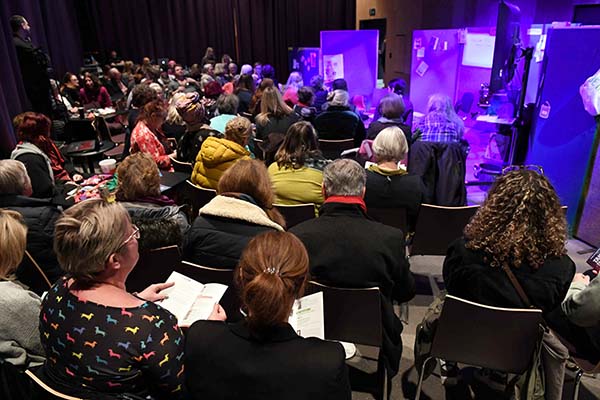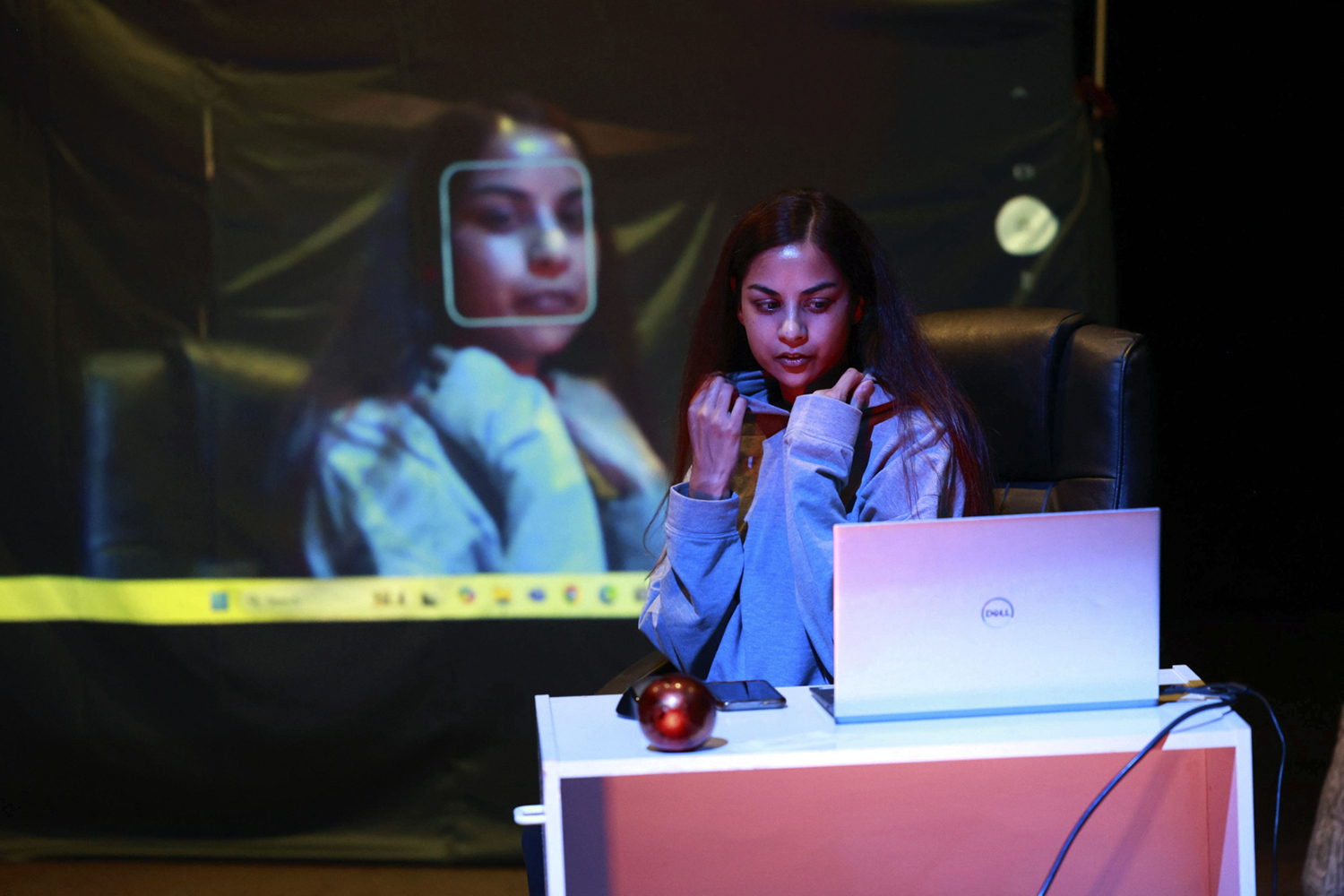Why a mix of traditional theatre spaces and digital platforms are the way forward
15th May 2025On 30th April, The Stage held their annual conference, The Future of Theatre - ‘a one-day conference that aims to inform, challenge, engage, and inspire theatre professionals for a stronger’ future for our industry.
It was a fascinating day, that we were lucky enough to join online. The conference covered a variety of interesting and important topics, such as crisis management, ideas for financing theatres, free speech and theatre, plus innovation sessions.
One discussion focussed on ‘How does the craft of theatre making survive?’. Playwright and digital specialist Tanya Vital asked the question: “why are we so desperate to save buildings?"
Vital has experience with digital platforms and told the audience of the benefits of mixing storytelling with technology. Potentially a new concept for many of us, but something we need to embrace if we are going to survive in this tech-world.
But her question got us thinking. For years we have been creating theatre within a physical space. From ancient Greek amphitheatres to Shakespeare’s Globe and to now, the stage and theatre space have played a role in the live storytelling. The architecture, sound, and atmosphere all enhance the audience’s experience.

It’s not just that though. Seeing it from both sides – as an actor and an audience member - we both thrive on live productions. For an actor it’s about connecting with your audience and gaining their reactions through your performance. Being close to your audience and seeing their faces heightens emotions and energy. This type of connection is part of what makes theatre unique.
Theatre is a way to get people out of their home to share experiences, meet people, and make connections. It creates a sense of community and belonging, which is valuable to those in times of stress or loneliness.
For me, seeing a performance allows me to switch off and escape the outside world and digital distractions for a few hours.
We have worked in a variety of spaces, be it in local theatre and local spaces. We’ve performed at Stantonbury Theatre and MK Gallery both in the Sky Room and its outdoor area. We toured with ‘Hidden Stories’ at fringe festivals on an array of stages, and in a court room, plus we adapted the way we reached audiences during the pandemic with our ‘Invisible Visible’ project, such as video, podcast, twine (sewing and crafting), illustrated book and exhibition.

Using different ‘stages’ and media made us think outside the box and how we can use these platforms to our advantage to reach a new and younger audience.
The digital world is evolving, and the theatre industry needs to keep up. Audiences are changing. It’s not only the younger people that are streaming movies, gaming, scrolling, using virtual reality, watching Zoom performances. We all want to be entertained and be entertained at a time convenient to us. We are all short on time and quite often want that immediate gratification. Digital platforms can give us this.
These platforms expand accessibility – giving millions a chance to view the arts; sparks creative approaches and provides innovative ways to share new work.

Showcasing new work on platforms like You Tube and Zoom is either free or come with low cost. It helps to push the boundary and get much needed fresh blood into the industry and new writing in front of audiences.
Trying to fund new plays or get projects off the ground can have a huge cost attached to them when working with a venue. With the financial pressures and lack of industry funding, many producers and writers cannot afford to produce new work, and this is something that we as theatre-makers and audiences are missing out on.
These spaces are unconventional and can bring theatre to people who might not attend traditional theatre. It breaks down financial and geographical barriers.
I can certainly see the benefits of both traditional theatre spaces and digital and I believe that these would work well hand in hand. As a supplement, not a substitute.

There are many elements that you just can’t capture online, such as the excitement and audience anticipation, and the vulnerability and intimacy that only comes with performing.
Times are changing. As technology evolves and also the way that audiences consume theatre and entertainment, it’s time we really did create theatre for everyone.